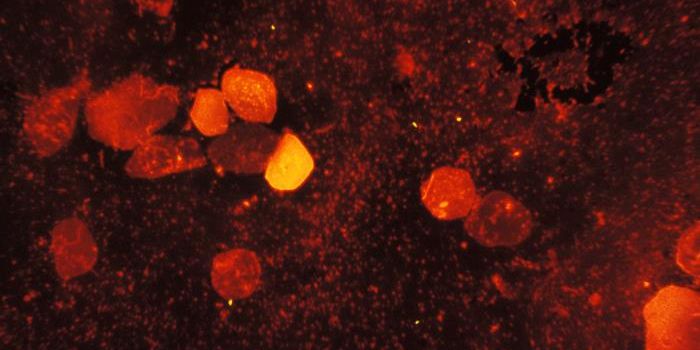What is Borna Virus? Scientists Now Have a Way to Detect the Rare Disease
Borna disease virus (BoDV-1) has long caused a fatal encephalitis known as Borna virus disease (BVD) in horses and sheep in Central Europe. This single-stranded RNA virus can infect the nervous system of many animals, including humans. Patients infected with the virus typically have malaise, fever, and headaches, and the disease leads to neurological symptoms like brain inflammation, and speech and behavioral abnormalities. The virus can cause infected individuals to fall into a coma, and there is no treatment for the viral disease yet. It seems, however, that people can only be infected through contact with infected shrews or their feces, and people cannot contract the disease through contact with infected horses or animals other than shrews.
The virus now infects about two to six people every year in Germany; the virus is endemic to Bavaria. Scientists have now developed a test that could enable early detection of BVD. The work has been reported in The Lancet.
"Only recently, we were able to make the difficult diagnosis of Borna encephalitis in a 71-year-old female patient. She had continuously deteriorated neurologically over several weeks from full health and ultimately died as a result of the severe brain inflammation," said senior study author Dr. Markus Naumann, a Professor and Director of the Clinic of Neurology at Augsburg University Hospital.
In this patient, initial MRIs and laboratory assays that tested cerebrospinal fluid did not reveal any abnormalities. The scientists turned to a special form of positron emission tomography/computer tomography called 18F-FDG PET/CT, which revealed abnormal glucose metabolism patterns in the patient's brain.
"This is remarkable because it was conspicuously visible long before we could detect the Borna virus with repeated MRI scans and antibody tests," noted first study author Dr. Antonios Bayas, Professor and Head of the Clinical Neuroimmunology Section at Augsburg.
Anytime BVD is suspected, the 18F-FDG PET/CT tool seems to provide an early lead, noted the researchers.
However, this research did focus on only one patient, so more confirmatory studies will be necessary. The good news for people who live or visit the areas where the virus naturally occurs, which right now is Bavaria, doctors have a potential method to reveal BVD if it is suspected.
Sources: University of Augsburg, The Lancet









